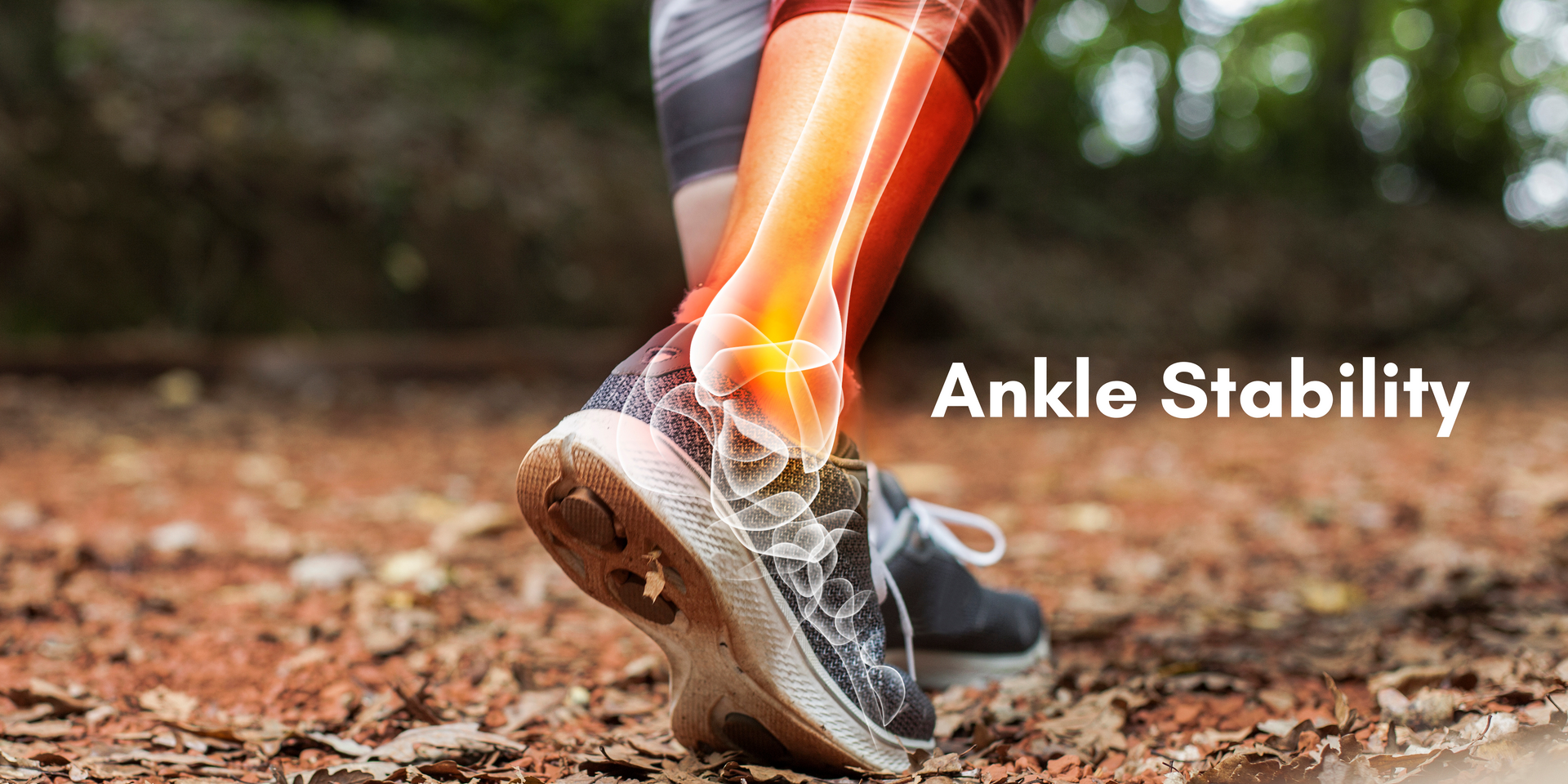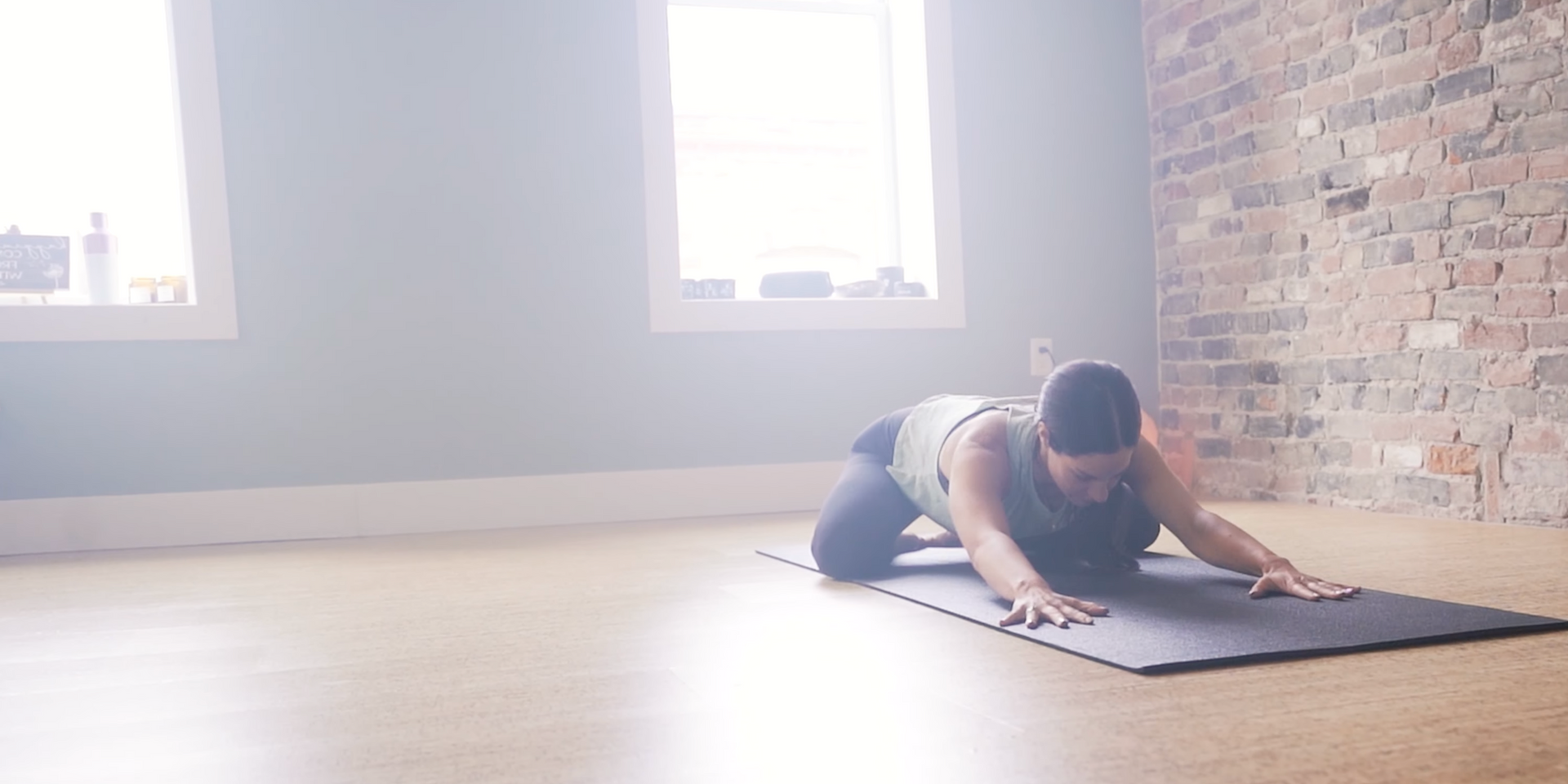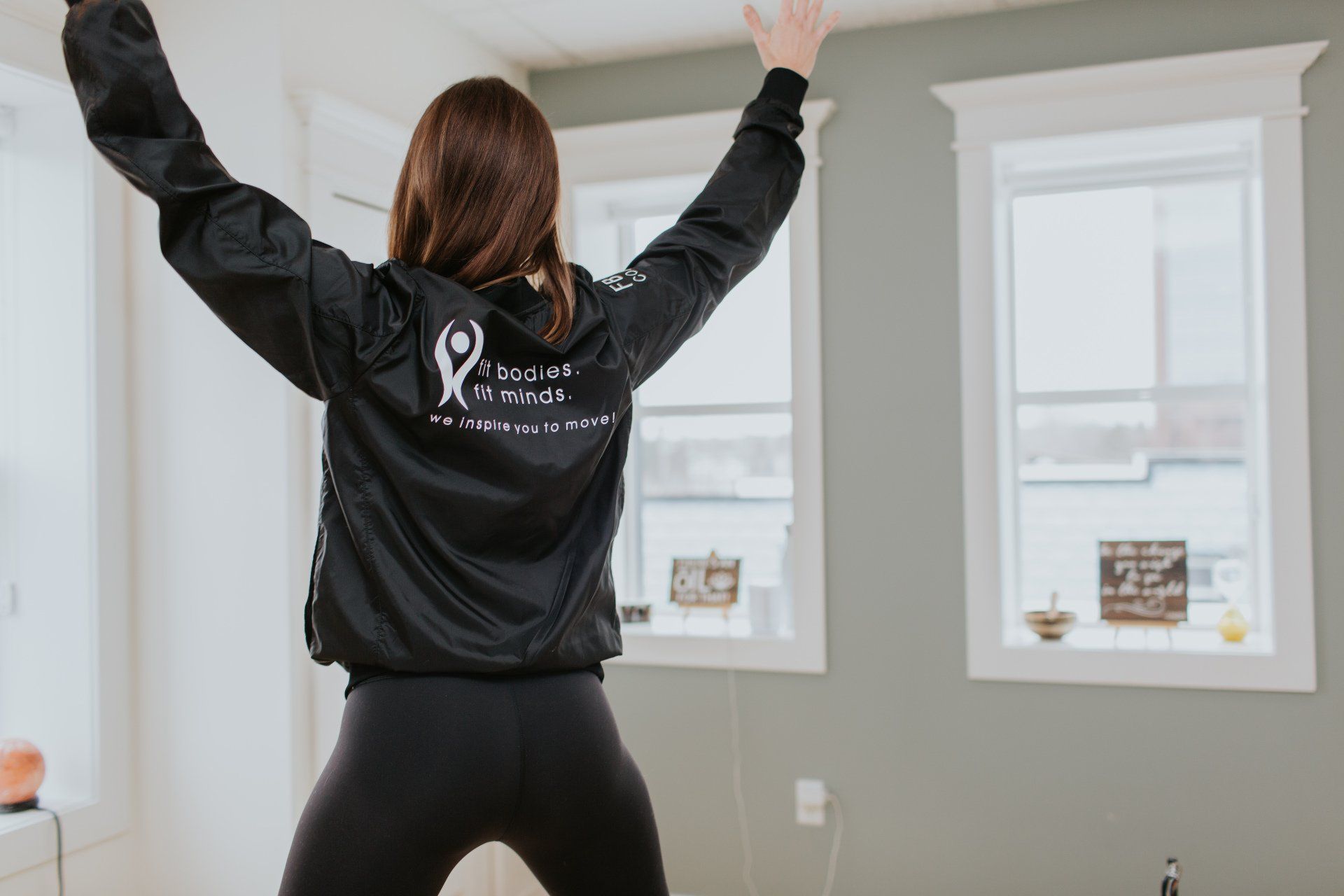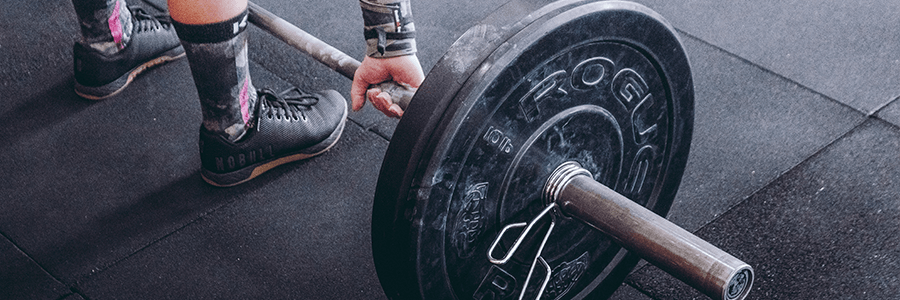Ankle Stability
Running the trails at Hiawatha
Hiking Robertson Cliffs
Playing Pickle Ball with friends
Walking the sidewalks of Queen St
Ankle Stability is crucial!

Ankle sprains are a common injury that occurs when the ligaments in the ankle are stretched or torn. Ligaments are strong bands of tissue that connect bones to each other and provide stability to the joints. Ankle sprains typically happen when the ankle is twisted or turned beyond its normal range of motion, causing the ligaments to overstretch or tear.
The severity of an ankle sprain can vary, ranging from mild to severe, depending on the extent of ligament damage. The most common type of ankle sprain is known as an inversion sprain, which occurs when the foot rolls inward, stretching the ligaments on the outer side of the ankle.
Symptoms of an ankle sprain may include:
- Pain: The affected ankle usually experiences pain, which can range from mild to severe depending on the severity of the sprain.
- Swelling: Swelling around the ankle joint is a common symptom. It occurs as a result of inflammation caused by the injury.
- Bruising: Bruising or discolouration of the skin around the ankle may develop due to bleeding under the skin as a result of the injury.
- Instability: Ankle sprains can cause a feeling of instability or weakness in the affected ankle, making it difficult to bear weight or walk normally.
Treatment for ankle sprains typically involves the following:
- Rest: It's important to rest the affected ankle and avoid putting weight on it to allow the ligaments to heal. Crutches or a walking boot may be used to assist with mobility.
- Ice: Applying ice packs to the injured area can help reduce swelling and relieve pain. Ice should be applied for about 15-20 minutes every 2-3 hours for the first 48-72 hours after the injury.
- Compression: Wrapping the ankle with an elastic bandage or wearing a compression sock can help reduce swelling and provide support to the injured area.
- Elevation: Elevating the ankle above the level of the heart can help reduce swelling by promoting fluid drainage.
- Medications: Over-the-counter non-steroidal anti-inflammatory drugs (NSAIDs), such as ibuprofen, may be recommended to alleviate pain and reduce inflammation.
- Rehabilitation exercises: As the healing progresses, a healthcare professional may prescribe specific exercises to improve strength, flexibility, and stability of the ankle joint.
In cases of severe sprains with significant ligament damage, or if the symptoms do not improve with conservative measures, medical intervention such as immobilization with a cast or splint, or in rare cases, surgery, may be necessary.
It's important to consult a healthcare professional for an accurate diagnosis and appropriate treatment plan for an ankle sprain. They can assess the severity of the injury and provide guidance on the best course of action for recovery.

Improving ankle stability is crucial for preventing future ankle sprains and promoting overall ankle strength. Here are some exercises that can help enhance ankle stability:
- Calf Raises: Stand with your feet shoulder-width apart, rise up onto your toes, and then lower yourself back down. Repeat this movement for several repetitions. As you progress, try doing single-leg calf raises to further challenge your balance and stability.
- Alphabet Exercises: Sit on a chair with your feet off the ground. Imagine you are writing the alphabet with your toes in the air. This exercise helps improve ankle mobility and strengthens the muscles around the ankle joint.
- Balance Exercises: Standing on one leg, try to maintain your balance for as long as possible. As you become more stable, you can make this exercise more challenging by closing your eyes or performing it on an unstable surface like a foam pad or wobble board.
- Ankle Circles: Sit on a chair or lie down with your leg extended. Rotate your ankle in a circular motion, first clockwise and then counterclockwise. Perform several circles in each direction.
- Resistance Band Exercises: Attach a resistance band to a stable object, and loop the other end around your foot. Move your foot in different directions against the resistance of the band, such as dorsiflexion (pulling your toes towards you) and plantar flexion (pointing your toes away from you). This exercise helps strengthen the muscles responsible for ankle stability.
- Single-Leg Balance and Reach: Stand on one leg and reach forward, backward, and sideways with your arms while maintaining your balance. This exercise challenges your stability and improves coordination.
- Proprioception Exercises: Proprioception refers to the body's ability to sense its position in space. Various exercises can enhance proprioception, such as standing on an unstable surface like a balance board or foam pad and performing controlled movements or balance activities.
Remember to start with exercises that are suitable for your current level of ankle strength and gradually increase the difficulty as you progress. If you have a history of ankle sprains or any concerns about your ankle stability, it's advisable to consult a physical therapist or healthcare professional who can provide personalized guidance and recommend appropriate exercises for your specific needs.
Reach out to us here at Fit Bodies Fit Minds if you need help recovering from an injury or would like guidance on how to prevent injury doing your favourite activities!
FBFM Blog












